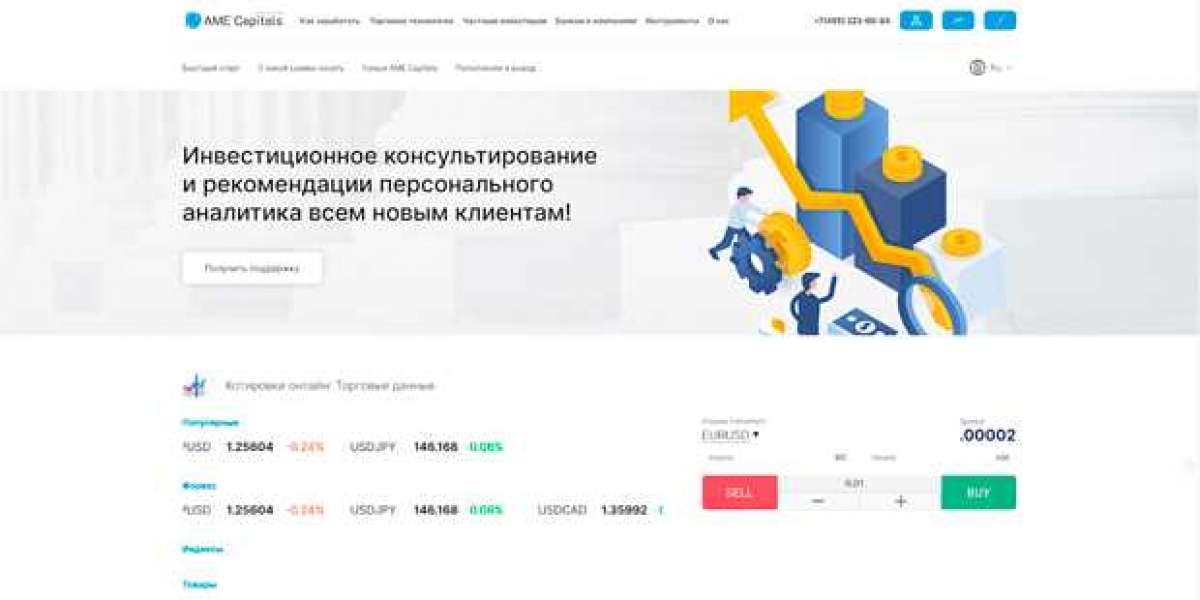Whether in personal injury, commercial disputes, professional liability cases, or complex corporate litigation, the existence and scope of insurance policies can dramatically influence the outcome.
Plaintiffs and their attorneys often face the challenge of not only confirming that insurance exists but also determining the actual limits of those policies. This is where policy limit tracing becomes an indispensable tool.
The Critical Role of Insurance Assets in Litigation
When a claim arises, the financial strength of the defendant can directly affect recovery. Many defendants, whether individuals or businesses, may not have sufficient personal or corporate assets to satisfy a judgment or settlement. In such situations, insurance coverage often becomes the primary — and sometimes the only, source of recovery.
For plaintiffs, identifying the defendant’s insurance coverage can mean the difference between securing adequate compensation and receiving nothing at all. Conversely, for insurers, defendants, and defense counsel, understanding available limits is essential for setting reserves, evaluating exposure, and developing settlement strategies.
Because of this, both plaintiffs and defense parties recognize the importance of uncovering all potentially available insurance assets — not just the obvious policies, but also umbrella, excess, historical, or ancillary coverage that may respond to the claim.
What Is Policy Limit Tracing?
Policy limit tracing refers to the investigative process of locating, verifying, and analyzing insurance coverage applicable to a claim or judgment. It goes beyond merely asking a defendant or insurer for proof of insurance. Instead, it employs a combination of document review, discovery tools, regulatory records, and specialized databases to confirm:
The existence of an active or historical policy.
The type of coverage provided (general liability, professional liability, auto, umbrella, excess, etc.).
The policy period and whether it overlaps with the claim.
The monetary limits of liability, including per-occurrence and aggregate limits.
Endorsements, exclusions, and erosion of limits due to prior claims or defense costs.
In short, policy limit seeks to answer the central question: “How much insurance money is truly available to satisfy this claim?”
Why Policy Limits Matter
Insurance limits define the maximum amount an insurer may be required to pay under a given policy. Yet determining those limits is not always straightforward. Some defendants may resist disclosing limits, while others may only reveal partial information. In many jurisdictions, disclosure requirements vary, leaving plaintiffs in the dark unless they actively pursue discovery or conduct independent research.
Several factors underscore why knowing policy limits is essential:
Informed Settlement Negotiations – Plaintiffs who know the exact coverage available can make realistic demands and negotiate from a position of strength. Defendants, too, benefit by understanding their exposure and avoiding overpromising in settlement talks.
Case Valuation – Attorneys cannot properly evaluate the potential recovery without knowing whether sufficient insurance assets exist. A strong case against a judgment-proof defendant with no coverage may not justify extensive litigation costs.
Strategic Litigation Decisions – Policy limits can influence whether to push for trial, seek mediation, pursue multiple defendants, or focus on triggering umbrella or excess coverage.
Ensuring Complete Recovery – Many defendants have layered coverage, with primary policies supplemented by excess or umbrella insurance. Without tracing, plaintiffs may miss additional layers of recovery.
Avoiding Surprise Limitations – Policies may have defense costs inside the limits, meaning litigation expenses reduce the funds available for indemnity. Knowing this in advance prevents unpleasant surprises when negotiating payment.
Methods of Tracing Policy Limits
Policy limit tracing is not a single step but rather a multi-pronged investigative process. Experienced practitioners often employ several strategies in combination:
1. Direct Discovery Requests
In litigation, one of the most straightforward methods is to serve discovery requests asking the defendant to produce insurance policies. Many jurisdictions require defendants to disclose insurance information during discovery, including policy limits. However, responses may be incomplete, delayed, or contested.
2. Public Records and Regulatory Filings
Businesses and professionals often must provide proof of insurance to regulators, licensing boards, or government entities. For example, trucking companies, financial professionals, and healthcare providers frequently file insurance certificates. These records can reveal both the existence and extent of coverage.
3. Specialized Databases and Tracing Services
Some private companies and investigative services maintain access to insurance industry databases that track policies, historical coverage, and claims data. These resources can help confirm whether a defendant held coverage in past years, which may be critical for claims involving long-tail exposures such as environmental contamination, asbestos, or professional negligence.
4. Subpoenas to Brokers and Insurers
Insurance brokers, agents, and carriers often maintain detailed records of coverage placements. Subpoenas or third-party discovery can compel disclosure of these records, particularly when a defendant claims not to have access to historical policies.
5. Interviewing Insiders and Reviewing Business Records
Sometimes, the trail of coverage lies in internal correspondence, financial audits, or employee testimony. Business records may include premium payments, certificates of insurance, or correspondence with brokers. These fragments can be pieced together to reconstruct missing coverage details.
6. Cross-Referencing Excess and Umbrella Policies
Excess and umbrella insurers usually require proof of underlying primary coverage. By tracing one policy, investigators can often uncover additional layers of protection that were not initially disclosed.
Challenges in Policy Limit Tracing
While policy limits is invaluable, it is not without challenges. Common obstacles include:
Incomplete Records, Older policies may be lost, especially in cases involving long-tail claims.
Resistance from Defendants: Defendants may resist disclosure, fearing exposure of larger policy limits.
Jurisdictional Variations – Rules governing disclosure vary widely, with some states requiring full disclosure and others granting defendants more leeway to conceal limits.
Complex Coverage Structures – Large corporations may have global programs with captives, self-insured retentions, and layered excess coverage that are difficult to untangle.
Eroding Limits – Defense costs or prior claims may have already reduced available coverage, complicating recovery estimates.
Best Practices for Effective Policy Limit
Given these challenges, attorneys and claimants can maximize success by following best practices:
Start Early – The sooner the search begins, the less likely records will be lost and the more time available to pursue discovery.
Leverage Experts – Specialized insurance archaeologists or tracing firms have experience locating hard-to-find policies and interpreting complex coverage structures.
Cross-Check Information – Never rely on a single disclosure. Confirm details through multiple sources whenever possible.
Document the Process – Maintain a clear record of efforts to locate policies, as this can support motions to compel or equitable arguments for coverage.
Think Historically – Claims may implicate coverage purchased decades earlier, especially in cases involving toxic torts, environmental harm, or professional negligence.
The Broader Impact of Policy Limit Tracing
At its core, policy tracing promotes fairness, transparency, and efficiency in the legal system. Plaintiffs are entitled to know whether legitimate insurance assets exist to satisfy their claims, while insurers benefit from accurate assessments of exposure. Courts, too, save time and resources when settlement negotiations proceed based on complete information.
Beyond individual cases, robust tracing practices also highlight the importance of insurance as a financial safety net. They ensure that insurance fulfills its intended role: protecting both policyholders and third parties against unexpected financial harm.
Conclusion
Uncovering insurance assets through policy limit tracing is not just a procedural step — it is a strategic necessity in modern litigation. By diligently investigating coverage, attorneys can secure meaningful recovery for clients, ensure informed negotiations, and prevent avoidable surprises in the courtroom.
In an era where corporate structures are increasingly complex and defendants may not always be transparent about their resources, policy limits level the playing field. For claimants, it can mean the difference between justice served and justice denied. For defense counsel and insurers, it provides clarity and allows for sound decision-making.








